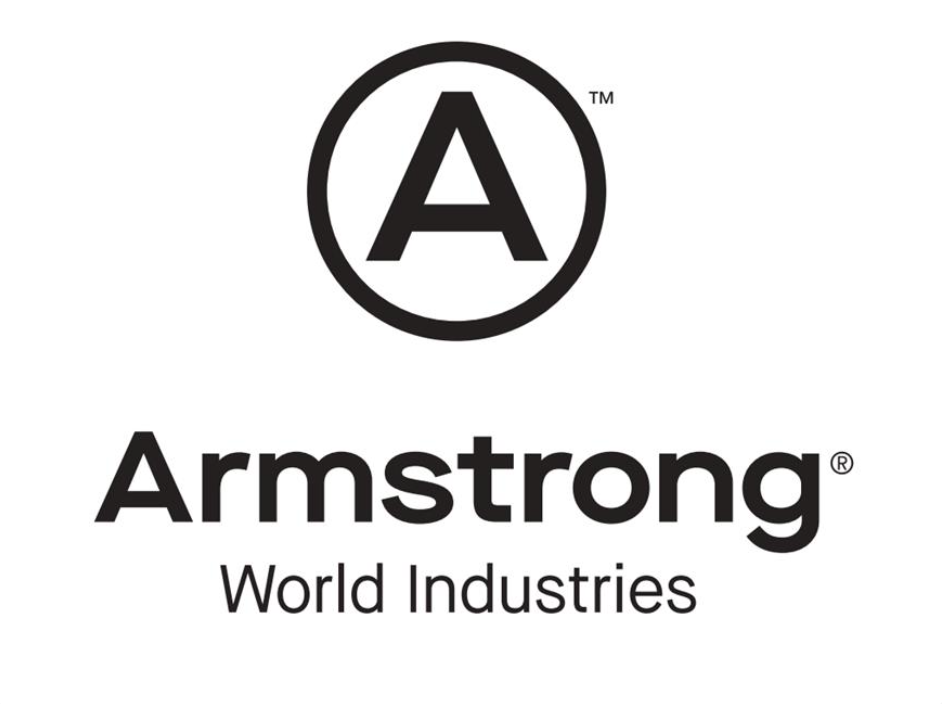Improving Building Efficiency and Reducing Operational Carbon with Phase Change Material
Optimizing Thermal Performance and Occupant Comfort
Sponsored by Armstrong World Industries | Presented by Mick Dunn, Nathan Kegel, and Ian Gumbert
Webinar On-Demand
Phase change materials (PCMs) enhance building energy efficiency by improving thermal performance and reducing energy consumption. This presentation examines PCM integration into ceiling systems and its effect on energy dynamics. PCMs stabilize indoor temperatures, reduce peak heating and cooling loads, and improve comfort. The session discusses quantifying PCM benefits in existing buildings and optimizing performance, including potential HVAC system adjustments. Using building simulation tools, architects, engineers, and operators can assess the value of PCM investment for better energy outcomes. Listen to a case study about how an office space reduced cooling costs through these methods.
Attendees will learn how integrating phase change materials (PCMs) improves energy efficiency, reduces costs, and enhances occupant comfort. The session offers practical strategies for optimizing PCM use in existing buildings, including HVAC adjustments. This knowledge, backed by real-world data, will help attendees make informed business decisions for better building performance.

Image courtesy of Armstrong World Industries
 |
Mick Dunn is a Technical Manager at Armstrong World Industries and is passionate about developing and deploying products and solutions incorporating phase change materials in the construction industry. Mick has 20 years of Construction Management experience, which includes Founder/Owner of Maine-based Shift Energy, LLC - specializing in large-scale commercial solar heating systems. In 2015, Mick co-founded Insolcorp, LLC, and continues to focus on the need and interest for dynamic ways to store thermal heat and improve the built environment. |
 |
Nathan Kegel, BEMP, LEED AP, RESET AP, Vice President of Business Development, North America, IES has over 20 years of design and building performance simulation experience using a variety of design and modeling tools and platforms. Nathan has built and led High Performance Design Teams and trained over 1,000 industry professionals on applying building performance simulation to the design process. He is a frequent speaker at ASHRAE, AEE, and AIA chapters and serves as the co-chair of the Data Analysis and Reporting Working Group for MEP 2040. |
 |
Ian Gumbert, PE , Sr. Manager Campus Facilities & Engineering, Armstrong World Industries With 20+ years of engineering and facilities management experience, Ian has experience across multiple industries and roles spanning many business functions, including technical sales, product design, maintenance, manufacturing ops, capital engineering, and facilities management. Ian is passionate about creating positive customer experiences and solving organizational problems using a data-driven, people-oriented approach through interactions across all levels of organizations. |
Armstrong World Industries is a leader in the design and manufacture of innovative commercial ceiling and wall systems. At home, at work, in health-care facilities, classrooms, stores, and restaurants, Armstrong Ceiling & Wall Solutions offer interior options that help
create healthy, sustainable spaces that protect people and cultivate well-being and comfort so they can be at their best.
Armstrong is committed to developing new and sustainable ceiling solutions, with design and performance possibilities that empower its customers to create beautiful, high-performance residential and commercial buildings. Armstrong continues to grow and prosper for the benefit of all its stakeholders.
armstrongceilings.com/commercial
Originally published in Architectural Record
Originally published in May 2025
LEARNING OBJECTIVES
- Acknowledge how phase change materials (PCMs) enhance thermal performance and reduce energy consumption in energy-efficient buildings.
- Learn how the integration of PCMs into ceiling systems will impact building energy dynamics and improve occupant comfort.
- Explore methods for quantifying the benefits of incorporating PCMs in existing buildings and optimizing their performance.
- Identify how building simulation practices and HVAC system modifications can maximize the benefits of PCM integration for improved energy efficiency.
- Examine a case study showing reduced cooling demand through PCM ceilings and building optimization.











